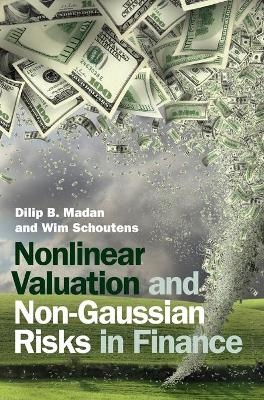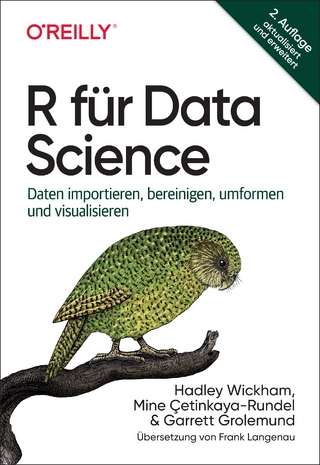
Nonlinear Valuation and Non-Gaussian Risks in Finance
Cambridge University Press (Verlag)
978-1-316-51809-0 (ISBN)
What happens to risk as the economic horizon goes to zero and risk is seen as an exposure to a change in state that may occur instantaneously at any time? All activities that have been undertaken statically at a fixed finite horizon can now be reconsidered dynamically at a zero time horizon, with arrival rates at the core of the modeling. This book, aimed at practitioners and researchers in financial risk, delivers the theoretical framework and various applications of the newly established dynamic conic finance theory. The result is a nonlinear non-Gaussian valuation framework for risk management in finance. Risk-free assets disappear and low risk portfolios must pay for their risk reduction with negative expected returns. Hedges may be constructed to enhance value by exploiting risk interactions. Dynamic trading mechanisms are synthesized by machine learning algorithms. Optimal exposures are designed for option positioning simultaneously across all strikes and maturities.
Dilip B. Madan is Professor Emeritus at the Robert H. Smith School of Business. He has been Consultant to Morgan Stanley since 1996 and Consultant to Norges Bank Investment Management since 2012. He is a founding member and past President of the Bachelier Finance Society. He was a Humboldt Awardee in 2006, was named Quant of the Year in 2008, and was inducted into the University of Maryland's Circle of Discovery in 2014. He is the co-creator of the Variance Gamma Model (1990, 1998) and of Conic Finance. He co-authored, with Wim Schoutens, Applied Conic Finance (Cambridge, 2016). Wim Schoutens is Professor at the Katholieke Universiteit Leuven, Belgium. He has extensive practical experience of model implementation and is well known for his consulting work to the banking industry and other institutions. He served as expert witness for the General Court of the European Union, Luxembourg and has worked as an expert for the IMF and for the European Commission. In 2012, he was awarded the John von Neumann Visiting Professorship of the Technical University of Munich. He has authored several books on financial mathematics and is a regular lecturer to the financial industry. Finally, he is a member of the Belgium CPI commission.
1. Introduction; 2. Univariate risk representation using arrival rates; 3. Estimation of univariate arrival rates from time series data; 4. Estimation of univariate arrival rates from option surface data; 5. Multivariate arrival rates associated with prespecified univariate arrival rates; 6. The measure-distorted valuation as a financial objective; 7. Representing market realities; 8. Measure-distorted value-maximizing hedges in practice; 9. Conic hedging contributions and comparisons; 10. Designing optimal univariate exposures; 11. Multivariate static hedge designs using measure-distorted valuations; 12. Static portfolio allocation theory for measure-distorted valuations; 13. Dynamic valuation via nonlinear martingales and associated backward stochastic partial integro-differential equations; 14. Dynamic portfolio theory; 15. Enterprise valuation using infinite and finite horizon valuation of terminal liquidation; 16. Economic acceptability; 17. Trading Markovian models; 18. Market implied measure-distortion parameters; References; Index.
| Erscheinungsdatum | 24.01.2022 |
|---|---|
| Zusatzinfo | Worked examples or Exercises |
| Verlagsort | Cambridge |
| Sprache | englisch |
| Maße | 175 x 250 mm |
| Gewicht | 700 g |
| Themenwelt | Informatik ► Datenbanken ► Data Warehouse / Data Mining |
| Mathematik / Informatik ► Mathematik ► Angewandte Mathematik | |
| Wirtschaft ► Betriebswirtschaft / Management ► Finanzierung | |
| Wirtschaft ► Volkswirtschaftslehre ► Ökonometrie | |
| ISBN-10 | 1-316-51809-4 / 1316518094 |
| ISBN-13 | 978-1-316-51809-0 / 9781316518090 |
| Zustand | Neuware |
| Informationen gemäß Produktsicherheitsverordnung (GPSR) | |
| Haben Sie eine Frage zum Produkt? |
aus dem Bereich


